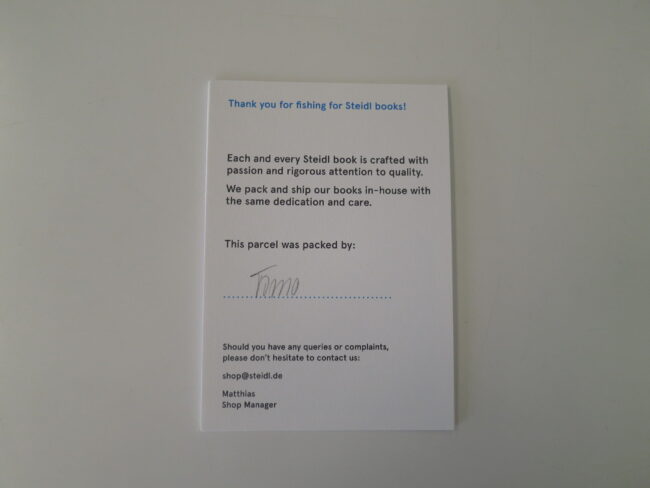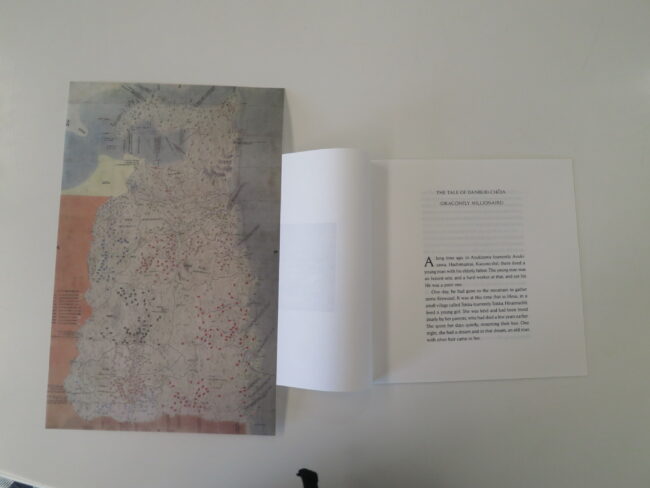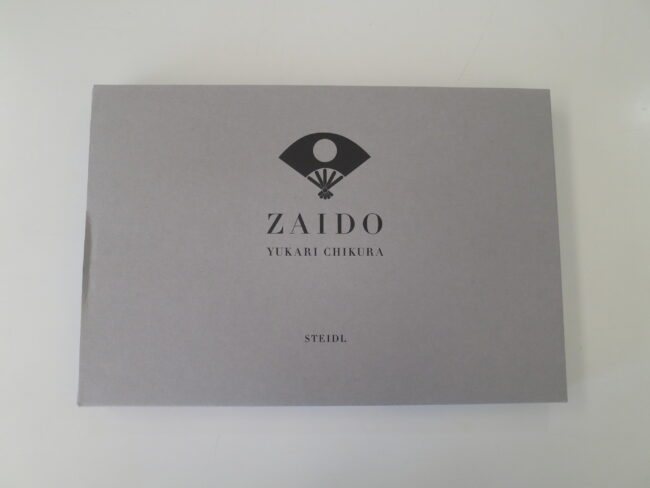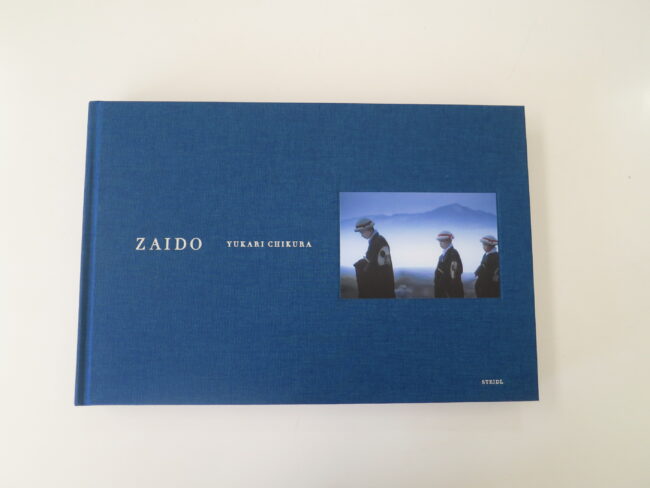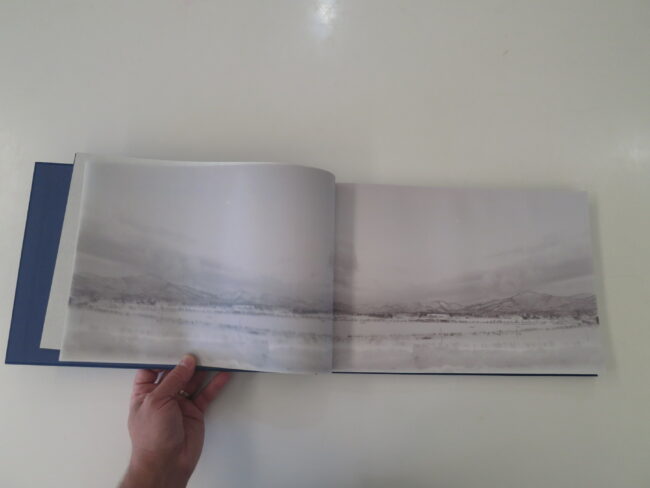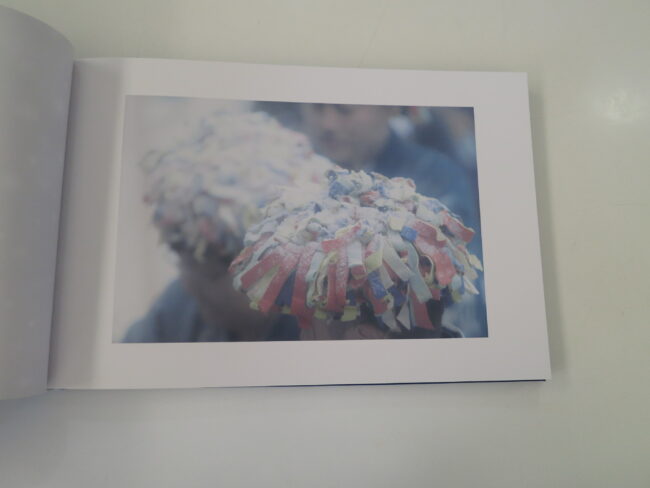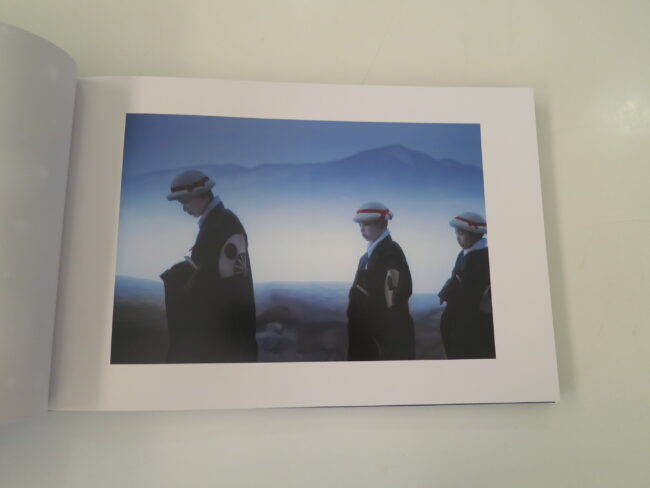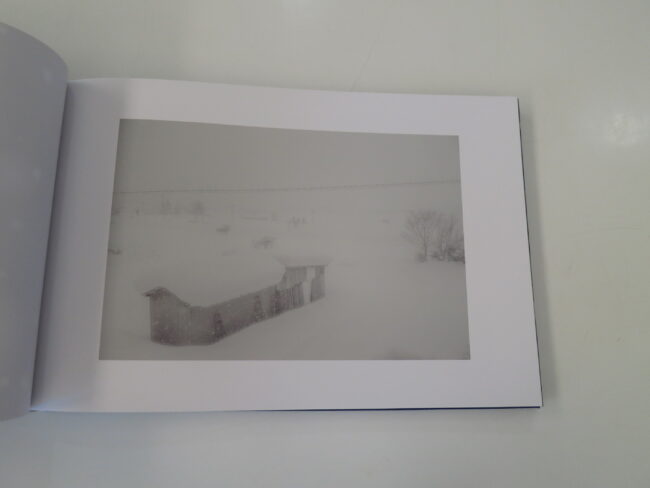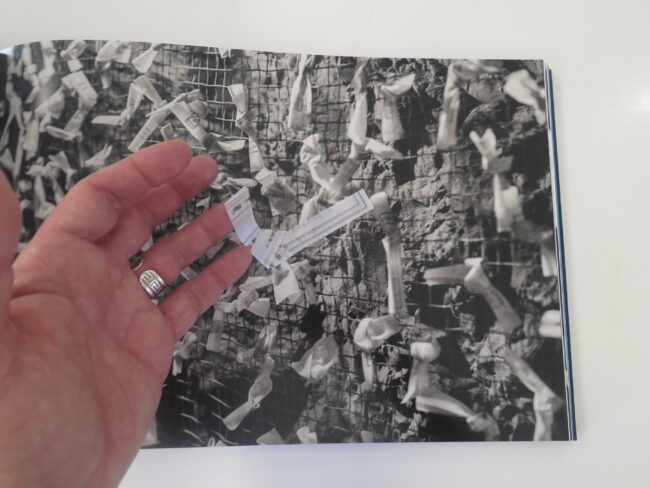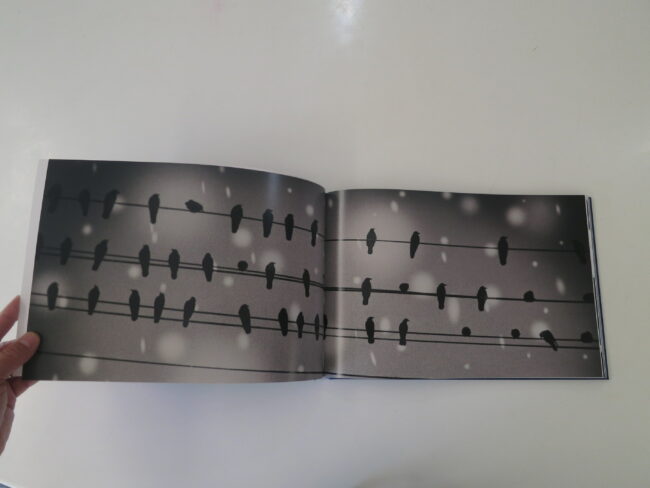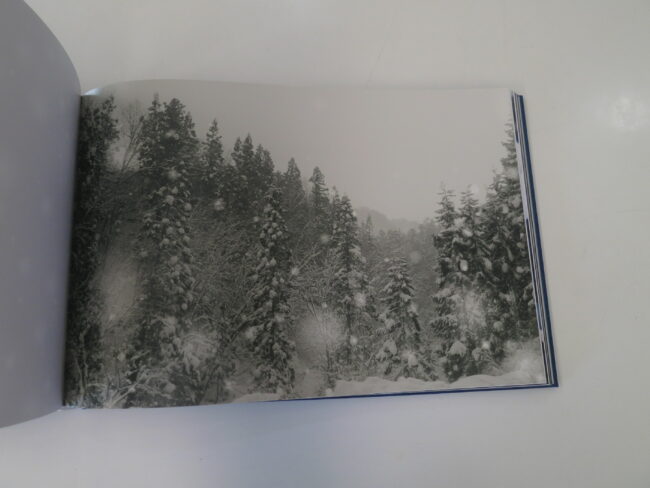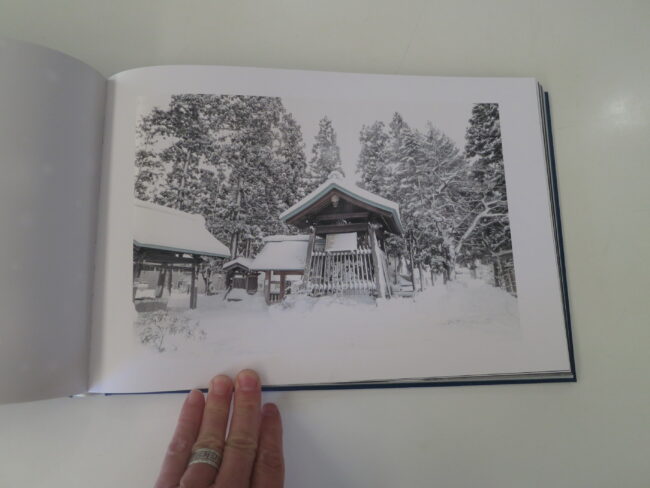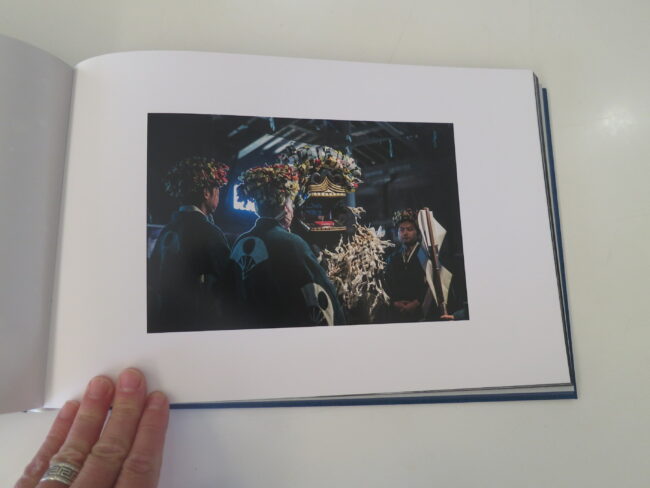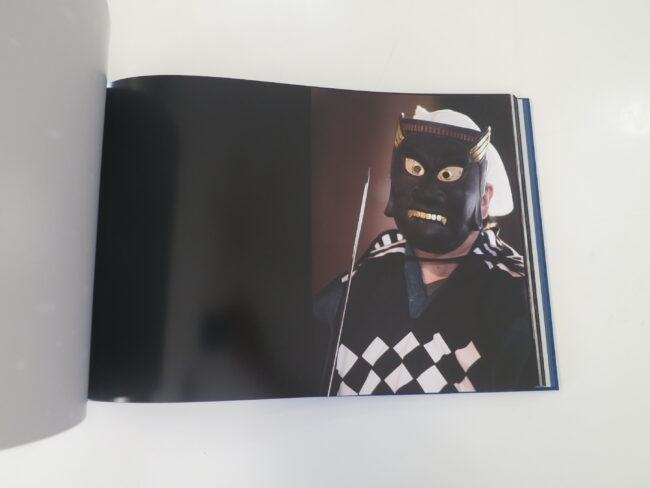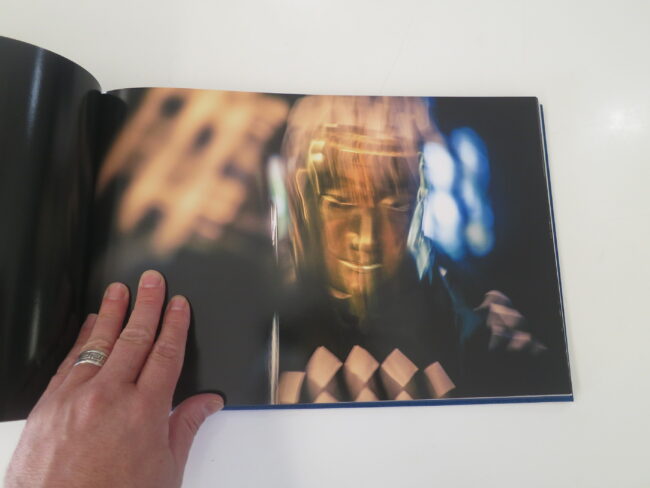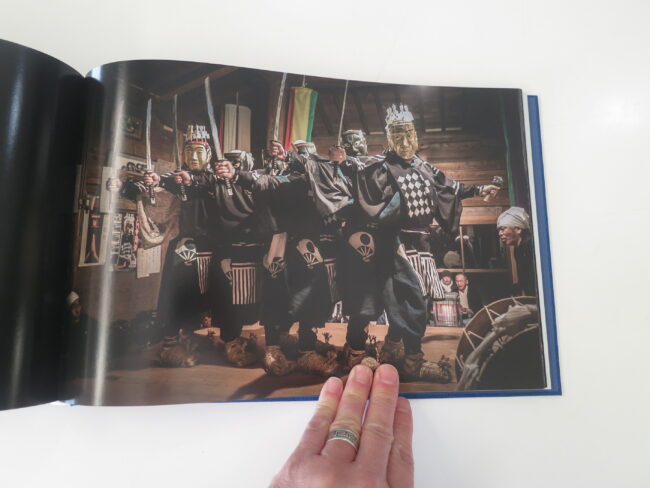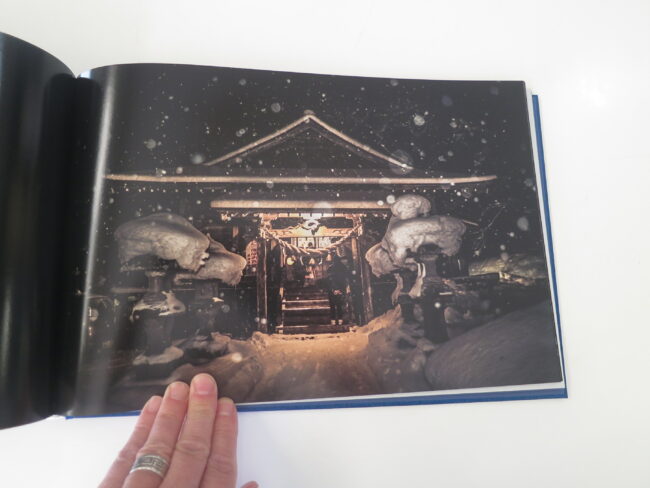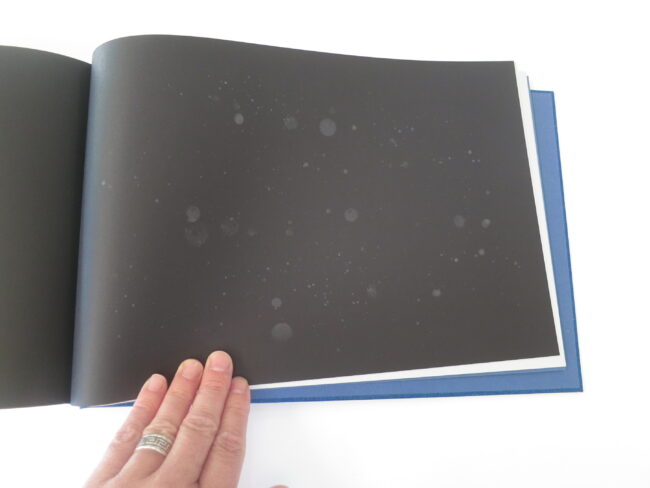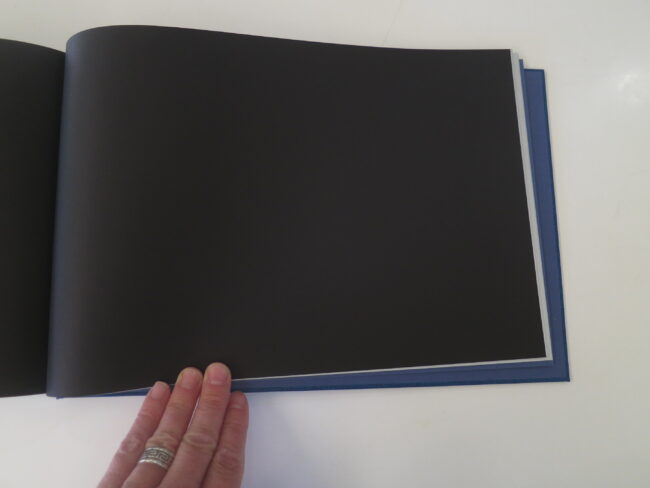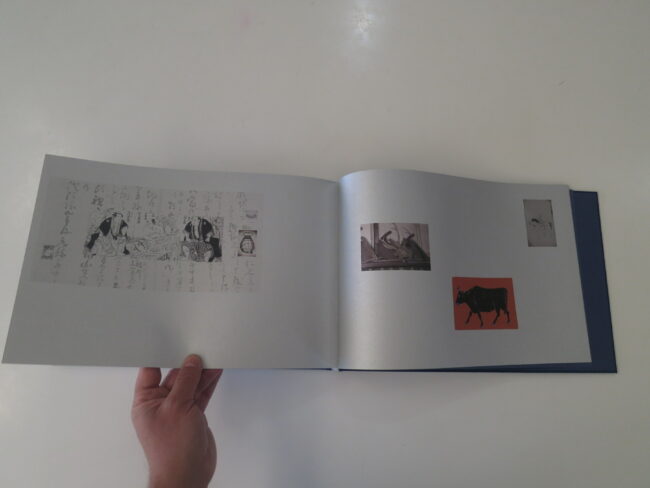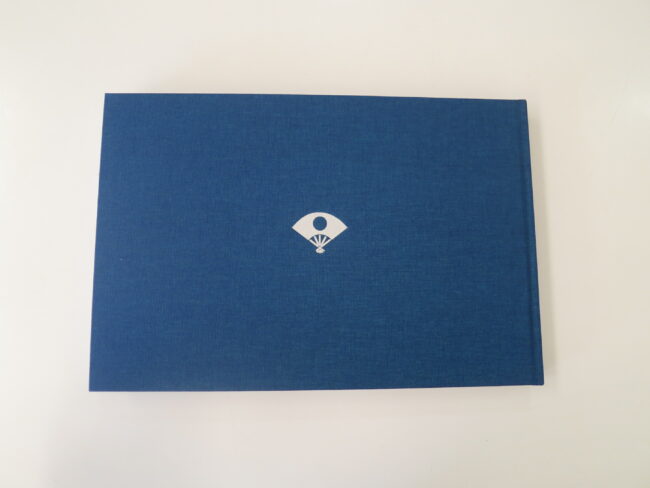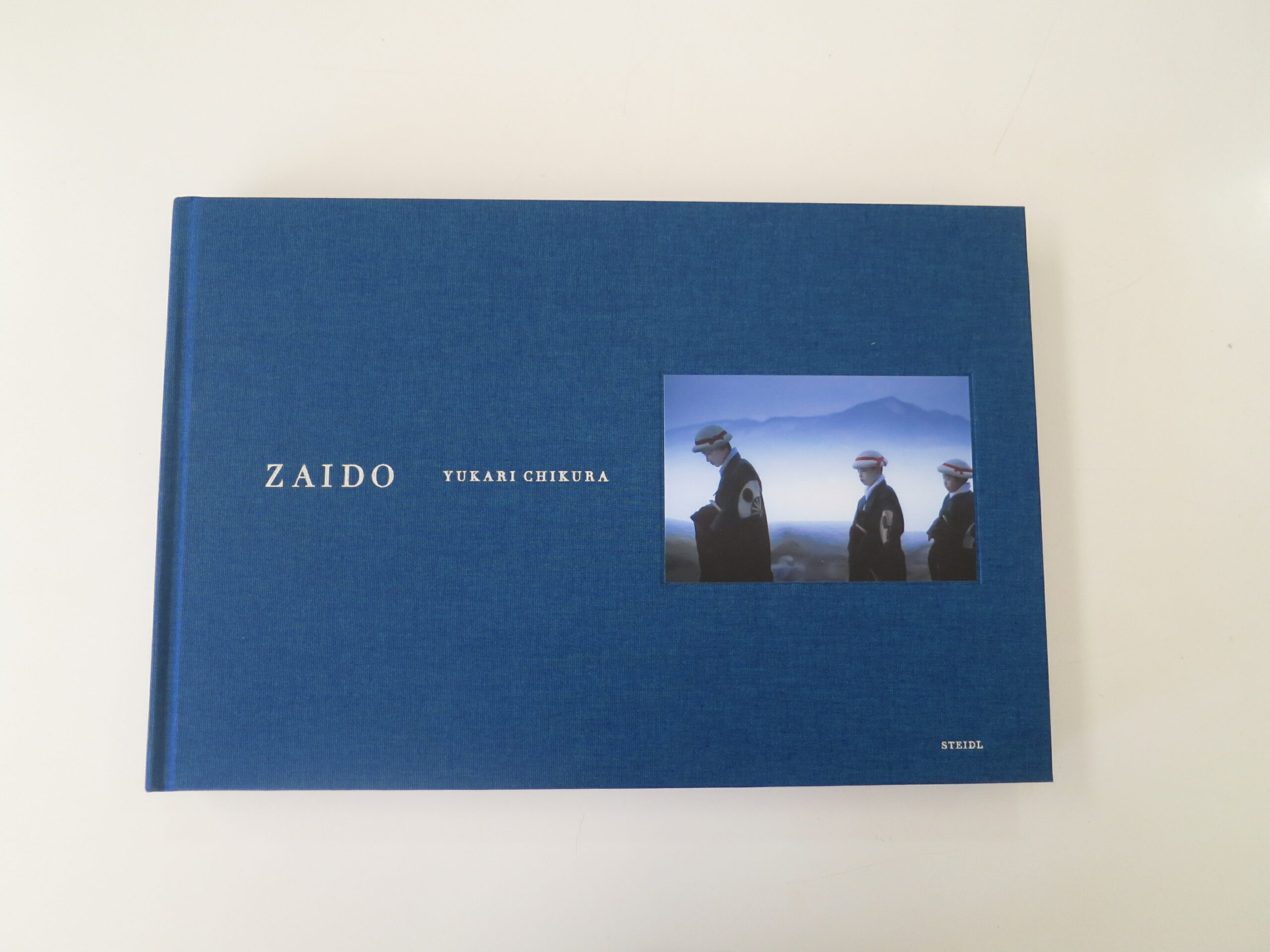
“Like nightmares appearing one after the other, these new realities bruised my body and soul, leaving me feeling as if I had taken a severe beating.”
Yukari Chikura, 2020
I used to work for Bobby Flay.
A long time ago.
I waited tables at his now-shuttered restaurant, Bolo, and was hired the day after it received a 3-star review from the NYT. (Even though it had been open for years by that point.)
The positive press turned the joint into a mad-house, with long-time New Yorkers battling each other for reservations, and tourists lining up as well. (Since Chef was already a significant television personality.)
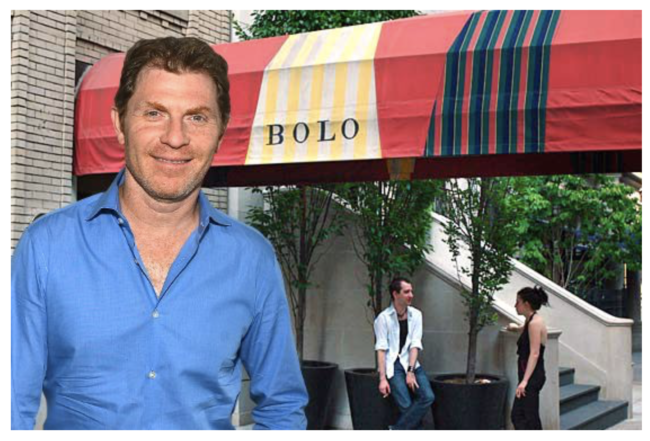
The restaurant was extremely well-run, and it turned out to be the most important job I ever had, as I learned some valuable life lessons, like humility, and the value of grueling work.
Ironically, during my time there, another television chef, Rocco DiSpirito, opened up a restaurant across the street, as the premise of a reality show called “The Restaurant,” and it went about as well as you might imagine. (Lots of drama, little success, ending with lawsuits and injunctions.)
Even now, I have vivid memories of Rocco leaning suggestively against his Vespa, out on the street, almost begging for Instagram to be invented, (in 2003,) so that people could take his picture and immediately share the images with the world. (#Rocco2003)
I was reminded of that this morning, having watched the opening of a funny episode of “Beat Bobby Flay” on TV last night, right before bed. (It’s become our pre-sleep Quarantine ritual. Thanks, Boss!)
The premise of the show is simple, as two chefs battle each other, cooking with the ingredient of Bobby’s choice, (in 20 minutes,) and the the winner gets to go up against Bobby, with the dish of his or her choice, for 45 minutes.
(No shock: Bobby almost always wins. Dude has skills.)
In this particular episode, a Neapolitan pizza chef, FROM NAPLES, was battling a generic-white-American-accented American, who was also trained in making pizza in the Naples style.
It was a classic set-up, as how on Earth could a milquetoast-sounding American beat a fucking guy from Naples, who was a third generation pizza chef?
Big surprise, the proper Neapolitan won, and the ersatz-version had to go home early.
I’m not bagging on my country, (which I’ve done many times lately,) what with our current President deciding he’d rather be a dictator than allow our democratic tradition to continue, if he can’t win. (And the psychotic, anti-democratic tweets this week by Republican Senator Mike Lee suggest Trump is not alone in this belief.)
No, I’m not hating on the USA.
Rather, I’m suggesting that even though we are a young country, made up of immigrants (and former slaves) from other parts of the world, we can still see the value of history.
Of tradition.
Of passing stories and rituals along, across the generations, so that people dance, sing, fast, or meditate, all because their ancestors did so.
Hell, one of the main reasons I live in Taos is because I was so enraptured by the Taos Pueblo Christmas Eve celebration as a youth, in which bonfires reach to the sky, the Pueblo residents chant and sing, and the entire community comes together for one night.
And the only time I ever visited Israel, as a young person, I felt the lives of my ancient ancestors calling to me from the building stones in the Old City of Jerusalem. (That’s a memory I haven’t conjured in forever.)
Why am I on about tradition today?
What brings about this bout of nostalgia? (Other than it’s fun to mock Rocco DiSpirito?)
I’m glad you asked.
Today, I just put down the exquisite, perfectly built “Zaido,” by Yukari Chikura, recently published by Steidl, and I feel as if I’m in a trance.
(Though that could be because I slept poorly last night, and am hopped-up on three forms of strong caffeine.)
I once met Yukari at a photo festival years ago, and she was very gracious, so you could say I’m a fan.
I’ve also studied Japanese martial arts before, and admitted to a group of students just the other day that two of my seminal images were inspired by Hokusai, so I’ll share them here today.
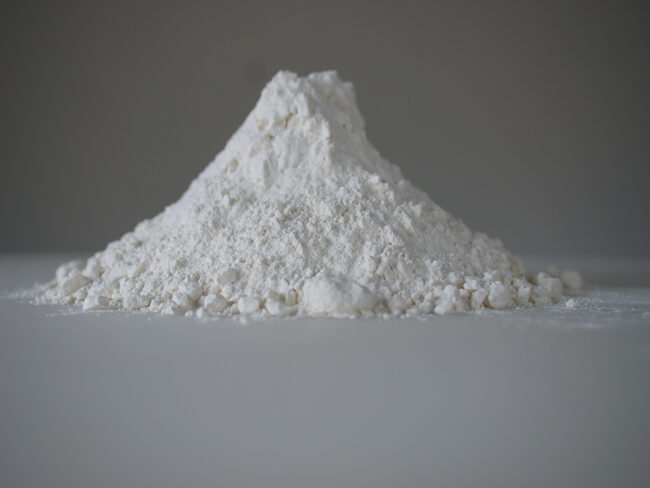
Perhaps I’m not so different from that American chef, desperate to be an amazing Pizzaiolo?
(I also love elements of Italian, Chinese, Dutch, French, Spanish, Mexican, African-American and English cultures, so I’m an equal opportunity appropriator.)
That said, I think anyone would love this book, and as it’s already generated a lot of press, I’m jumping on the bandwagon.
Steidl has proven to me many times that their print quality and craftsmanship are second to none, and that’s certainly the case here. (Even when you open the box, there is a note giving props to the book packer. In this case, a man named Timo.)
Next, you’re met with an insert that features what appears to be a map, and a booklet that tells the folk tale of a young couple who find wealth and fortune when a god smiles upon them, directing they make a home near a spring filled with sake. (Thanks to a helpful dragonfly as well.)
The story ends by telling us a shrine was eventually built there, and a ceremony derived, called Zaido, so we now understand our title.
(Context delivered.)
We move on to these glowing silver end pages, within the book, and then the slow build-up of a snowy, mountain scene on velum paper.
Did I mention that Haruki Murakami is my favorite writer, and I’ve dreamt of visiting Hokkaido, standing stock still in a frozen field, surrounded by a quiet so rich it feels like something from another dimension?
All those emotions pop up quickly, looking at this book, so steeped in tradition and generations of reverence.
The photographic portion of the book progresses as you might imagine, with landscapes interspersed with some portraits, and documents of the rituals.
If I were to give any critical feedback at all, (not to be a hater,) I think I might have trimmed the edit just a touch, so that all the photos packed an equal punch.
At one point, looking at the empty space, I was reminded of the Fukushima exclusionary zone, where no one lives, due to the radiation from the 2011 earthquake, Tsunami and nuclear meltdown. (One of my aforementioned images was also inspired by that event, and I’ll include it here, to honor the dead.)

At one point, a blank, white piece of board is included, and I stopped flipping, during which time I discovered that an image of paper ribbons included a real one, which had been attached to the book-page.
Adding the divider, which forced the pause, was such a thoughtful gesture.
Like I said, this is a book that is impossible not to like.
It makes one appreciate the “Jiro Dreams of Sushi” pursuit of perfection for which Japanese culture is rightly known.
(Even if my Aikido Sensei was an American, as was his.)
As the book faded in with white, so it fades out with black images on a rougher paper, that suggest snow flakes falling from the sky, illuminated by the faintest hint of light.
Then, the artist’s essay, in which we learn she suffered the loss of her father, and then he came to her in a dream, telling her to seek out this festival, which has gone on for more than a millennium.
Finally, some historical art images, again on silver paper, and the thank you page.
Books like this make me want to be a better artist.
A better man.
Because it reminds me that hard work, diligence, and attention to detail never, ever go out of style.
To purchase “Zaido” click here
If you’d like to submit a book for potential review, please contact me directly at jonathanblaustein@gmail.com. We are particularly interested in books by women, and artists of color, so we may maintain a balanced program.
